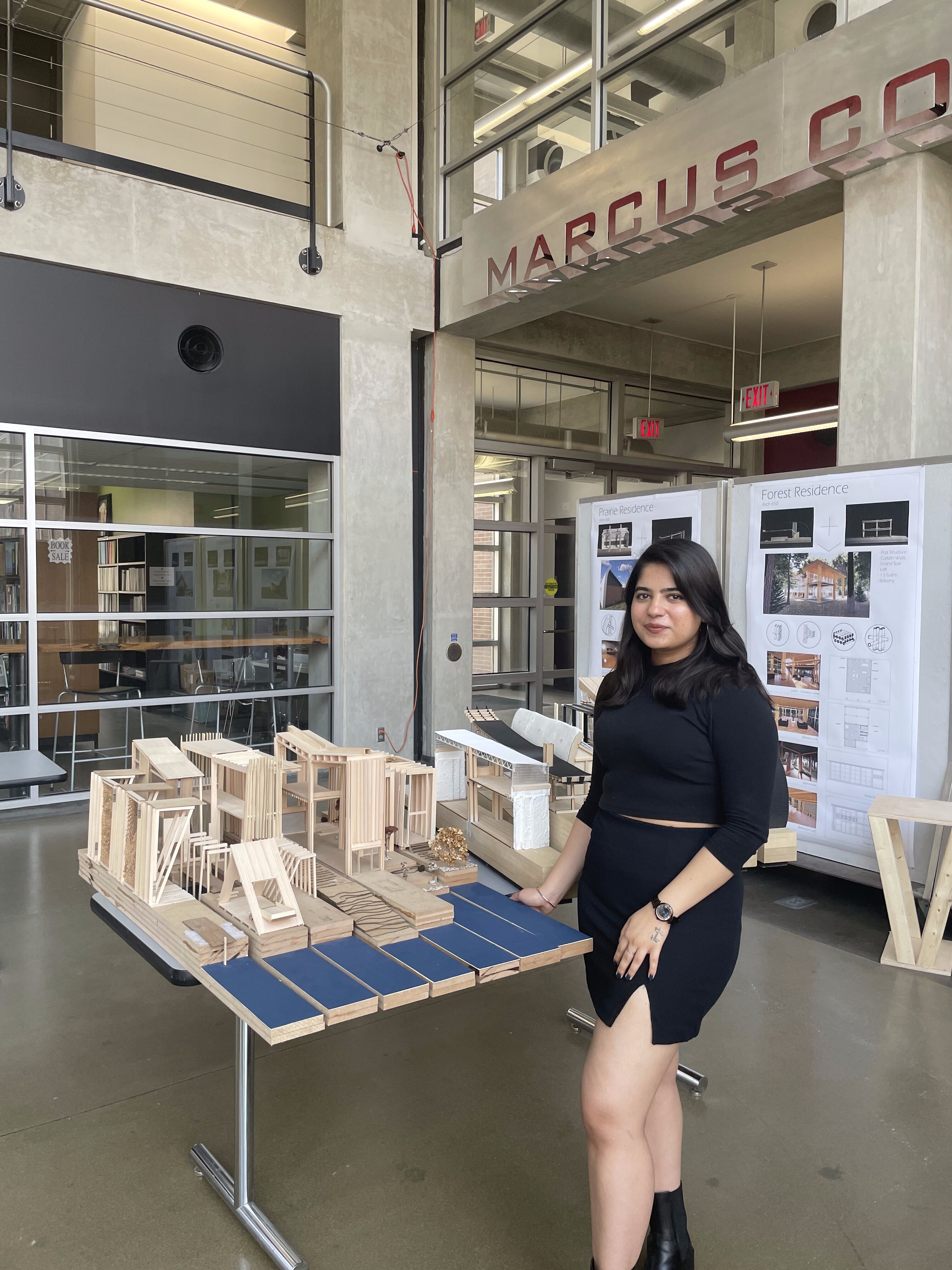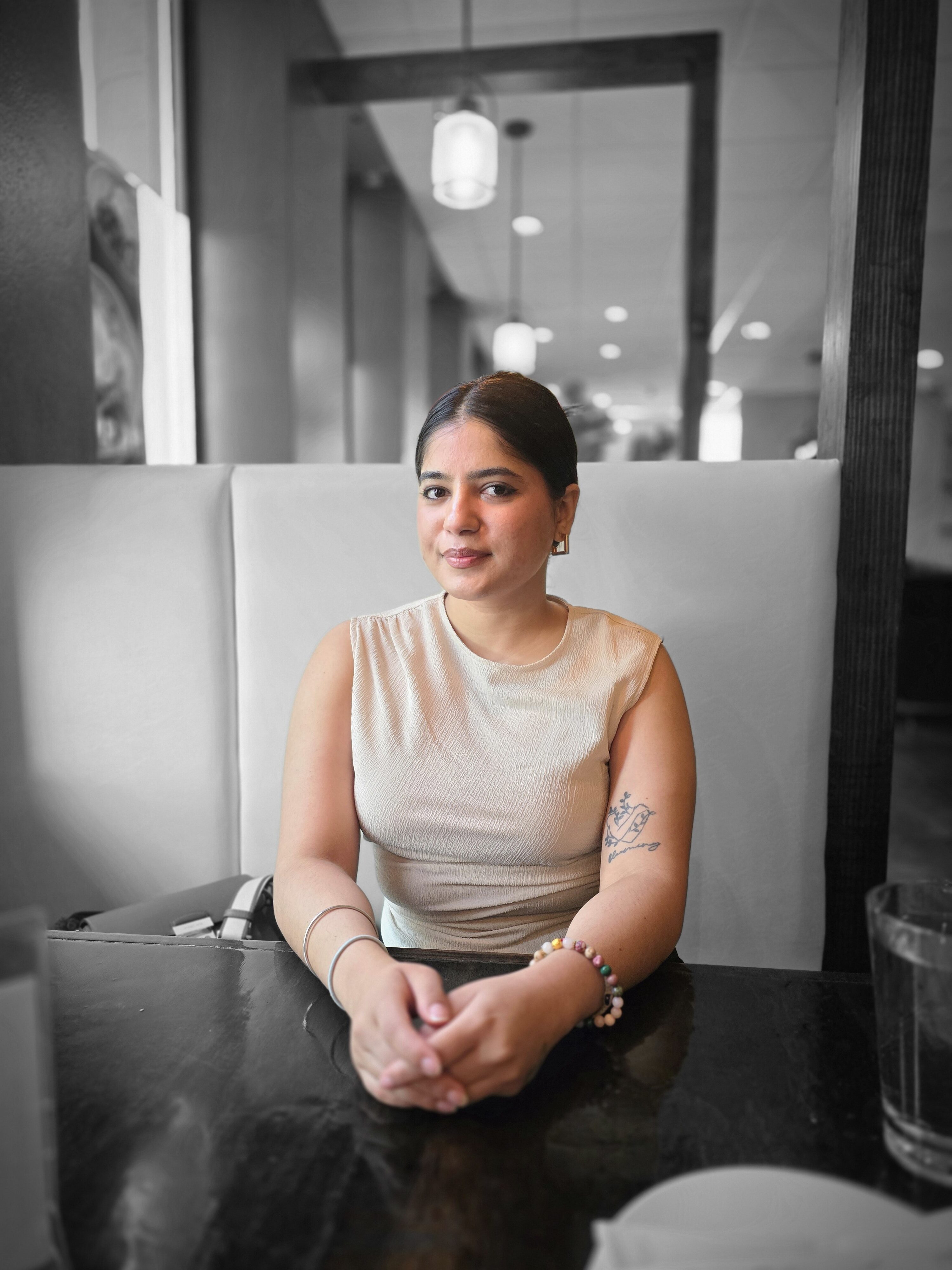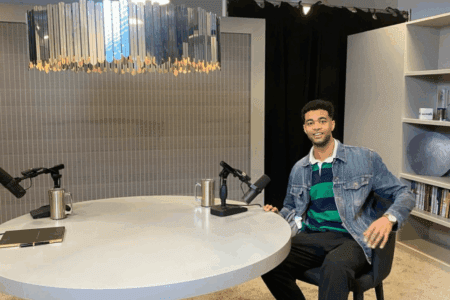
Gunjan Kaur has done what many others can only dream of. She is currently working as a design consultant at Kohl’s, a leading omnichannel retailer with over 1,100 stores across 49 US states.
The odds weren’t exactly in her favour — only about 10% to 20% of international students in the US secure full-time jobs after graduation, according to a paper published by the National Bureau of Economic Research.
Kaur is one of those few, and with an enviable company at that.
While design consulting isn’t directly linked to architecture, it shares its essence — both revolve around understanding space, function, and the human experience.
In architecture, the focus is on creating buildings that shape lives; in design consulting, it’s about shaping the environments where those lives unfold, from how people move through a space to how they feel within it.
To Kaur, that’s good enough that she’s enjoying herself.
Not everyone gets to work their dream job like Kaur, who owes it all to one bold leap: leaving home.

Kaur’s father wanted her to become an engineer, but she was drawn to something more creative, like architecture. Source: Gunjan Kaur
From blueprints to real designs
Originally from Chhattisgarh, India, Kaur discovered her interest in architecture around the ninth grade. One day, her parents brought home a brochure for a residential development. She spent hours studying the pictures, site plans, and layouts, fascinated by how spaces were planned.
Curious, she asked her parents who made these designs. Her mother explained that architects are responsible for shaping such spaces.
Her father had hoped she would become an engineer, but Kaur felt drawn to something more creative. Architecture offered the perfect balance between art and technology, and she knew it was the right path for her.
“That was the moment I realised I wanted to study architecture,” she says. “I loved looking at blueprints and thought, ‘Why not try creating these myself?’ That curiosity is where my passion for architecture truly began.'”
Fuelled by this passion, she pursued a Bachelor of Architecture at GITAM Deemed University. During her first internship in India, she realised how much more there was to learn. She felt that she had only scratched the surface and wanted to gain a broader, global perspective.
This desire brought her to the US and the University of Wisconsin-Milwaukee. “The US is a global hub for innovative architecture,” she says. “I wanted to challenge myself by coming to a country where I would be exposed to many different perspectives and practices at once. It was overwhelming at first, but I realised it has helped me grow a lot.”

A master’s degree wasn’t part of Kaur’s original plan, but her internship inspired her to deepen her knowledge of architecture and explore its broader possibilities. Source: Gunjan Kaur
After completing her Master of Architecture in 2023, Kaur joined Plunkett Raysich Architects, an award-winning architectural and interior design firm in Milwaukee, where she worked as a Project Specialist.
The shift from student life to professional practice brought new lessons. “In school, we explored and designed ‘cool’ concepts,” she says. “In the professional world, it’s much more client-driven and solution-oriented. You have to work within budgets, collaborate with engineers — mechanical, electrical, structural — and manage client expectations. My prior internship experience helped me prepare for this shift,” she says.
Adapting to cultural differences in the US added another layer to her experience. “The work environment, office culture, and even casual cultural references were new to me,” she says. “It wasn’t difficult, just interesting. Everything felt fresh, and I really enjoyed exploring and learning from it.”

Kaur believes a master’s degree is valuable, especially for those seeking deeper specialisation in their field. Source: Gunjan Kaur
Landing a job at a giant omnichannel retailer
At that time, Kaur was looking for a new job, and the timing felt right for a new experience. She came across the role at Kohl’s, and he contacted the recruiter through LinkedIn. She sent a cold email, attached her résumé and portfolio, and highlighted her experience with corporate architects and in the education sector. That background helped her secure an interview.
“During the interview, I had to demonstrate that I was capable of handling multiple projects,” she says. “My experience with corporate interiors was especially useful because it was quite similar to the retail side of things — focusing on interiors, space planning, and layouts. That gave me a strong foundation.”
Kaur believes that her prior experience, familiarity with the required technology, and the ability to optimise tools to deliver better results were the key factors that helped her succeed in the interview and land the job.
One of the most challenging projects she worked on at Kohl’s involved redesigning the queue lines — the checkout areas — for Kohl’s. The goal was to make the process faster and more efficient for customers while also creating opportunities for Kohl’s to merchandise products along the queue.
The project was particularly complex because it included multiple large-scale retail stores. Coordinating all the data, from past construction details to current updates, was a major task.
“That’s when I learned that a high level of organisation was required, which was eye-opening for me,” Kaur says.
The project management aspect was equally demanding. She had to handle large amounts of data, conduct surveys, and ensure everything was organised correctly. Despite the challenges, she found the experience to be extremely valuable and a chance to refine her skills.
For her, the best part of the job is seeing her designs come to life. Watching people interact with the spaces she has envisioned and exploring them as intended is deeply rewarding. Being able to transform creative ideas into functional, tangible experiences is what makes her role as a designer and architect so fulfilling.

Kaur says the best part of her job is seeing her designs come to life — watching people use, explore, and experience the spaces she once drew on paper. Source: Gunjan Kaur
Thriving in architecture – what you need to know
Is a master’s degree necessary to become a successful architect? Kaur doesn’t think so. She believes practical experience often matters more. While a master’s can be useful for those who want to specialise in a specific area, having a bachelor’s degree and gaining hands-on experience can have an even greater impact.
“I’m definitely grateful for the master’s that I’ve done, but I feel like the experiences I’ve gotten from working in an actual work environment are not something you really get in school,” she says. “It’s not as practical in schools as it is in real life.”
With all the talk about AI replacing jobs, Kaur sees it as a tool to enhance work rather than replace humans. “People are using AI to help create better, more efficient ideas and to work more efficiently because there are so many repetitive designs,” she says. “Sometimes there are very mundane tasks, and if we utilise AI, it can help streamline those tasks and organise data so we can produce more efficient work.”

Kaur enjoys the fast-paced nature of corporate interiors and retail projects, where progress happens quickly. Source: Gunjan Kaur
At present, Kaur is not using AI extensively, seeing it as an emerging technology similar to how Building Information Modelling (BIM) and Revit, a popular Autodesk software tool, gradually became standard in the industry. She expects AI adoption to increase over time as it becomes more mainstream, just as other tools eventually did in architectural practice.
For students aspiring to work in retail design or corporate interiors, Kaur emphasises understanding the end user and managing multiple projects efficiently. “Retail and corporate sectors are fast-paced and constantly changing,” she says. “If you want to work in these areas, you need to handle multiple projects at once while keeping the customer experience in mind.”
Brand integration is also crucial, particularly in large-scale projects. For example, Kohl’s has many existing stores, so designers need to carefully integrate new brands while maintaining a consistent identity. “You have to be mindful of how changes are implemented and ensure everything fits cohesively,” she says. Balancing client expectations, customer experience, and project efficiency is essential for thriving in these dynamic areas of architecture.










